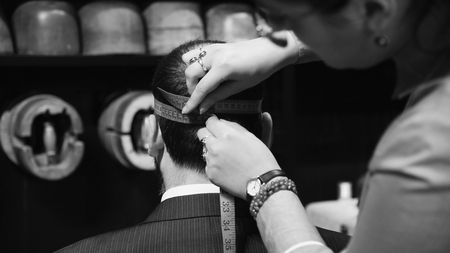Hats and Horses: The Hats of the Horse Riding World
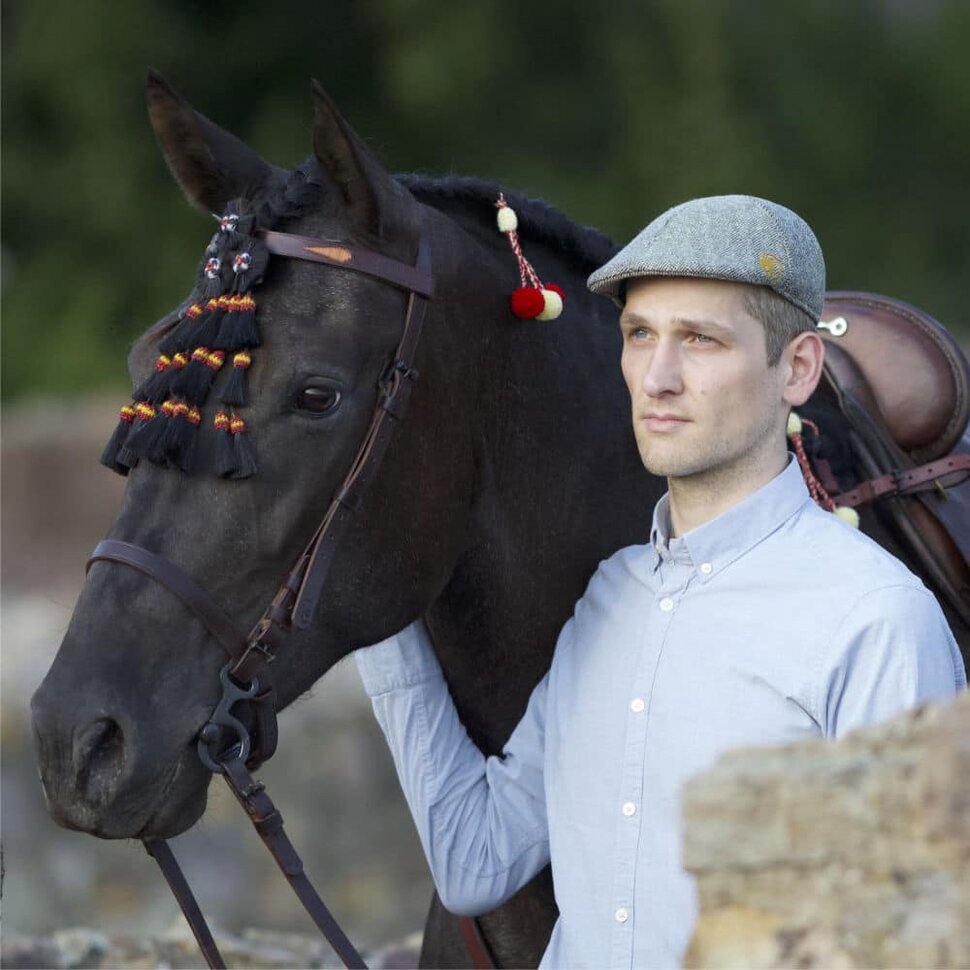
Top Hat & Dressage Hat
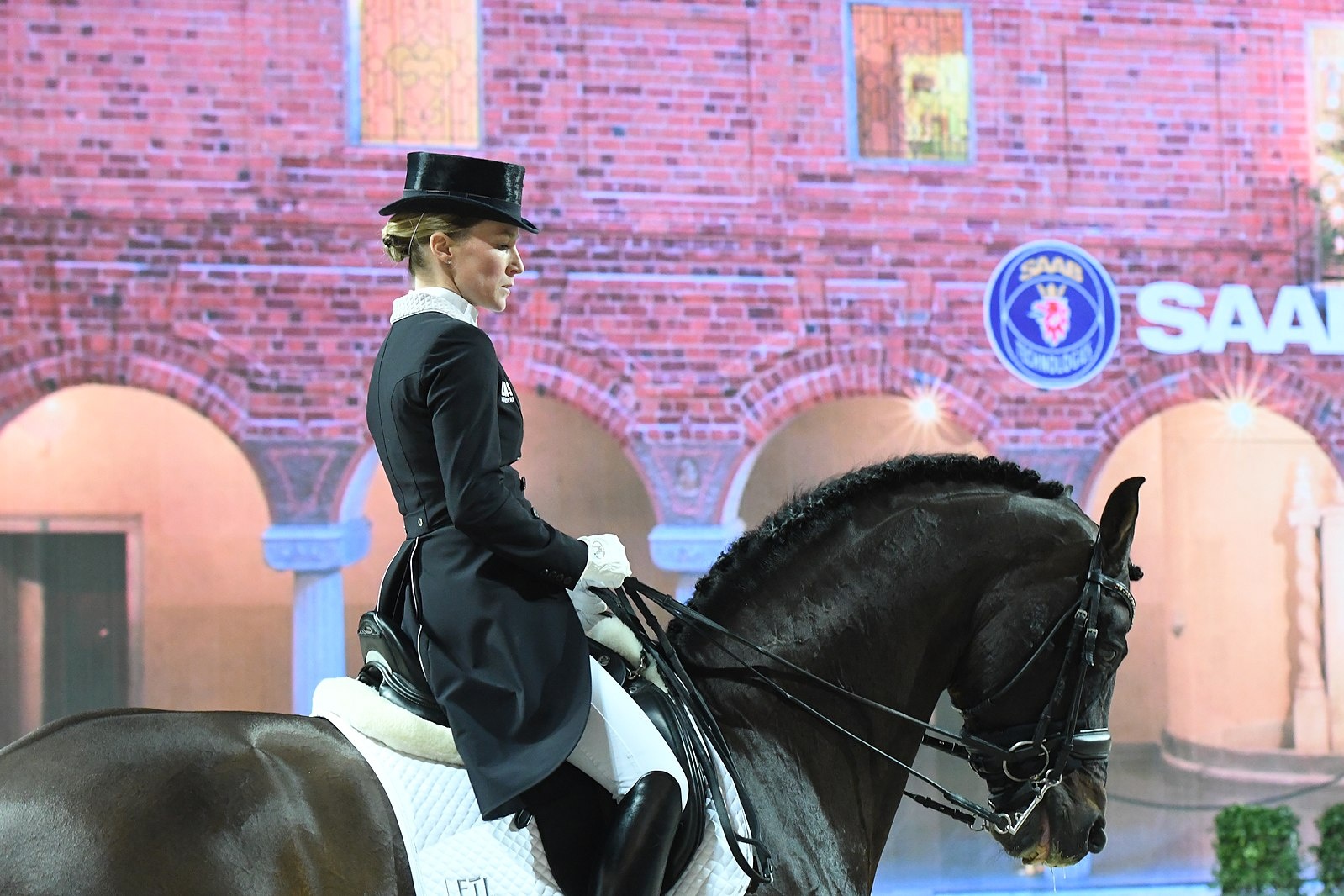
Photo: Wikimedia Commons
The top hat features a tall tubular crown with a flat top and is typically made of silk or felt. It has been a staple of british upper-class attire since the 18th century. Adding a touch of elegance and formality to the rider, the top hat and dressage hat are still part of the dress code for many dressage competitions, especially at the highest levels such as Grand Prix dressage.
Hunt Cap
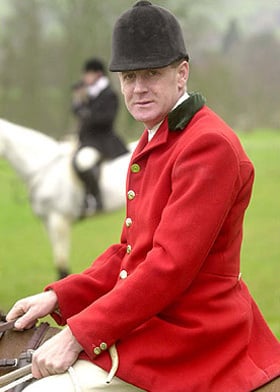
Photo: Wildlife Guardian
The hunt cap is a black velvet-covered hard hat, usually featuring a peak. Its traditional and timeless design is also meant to protect the rider from low-hanging branches, the sun, the rain, and potential falling injuries. A part of the traditional “hunting pink” fox hunting attire along with a red coat, white breeches and tall black boots, the hunt cap is now typically worn at showjumping competitions and fox hunts.
Bowler Hat (Derby Hat)
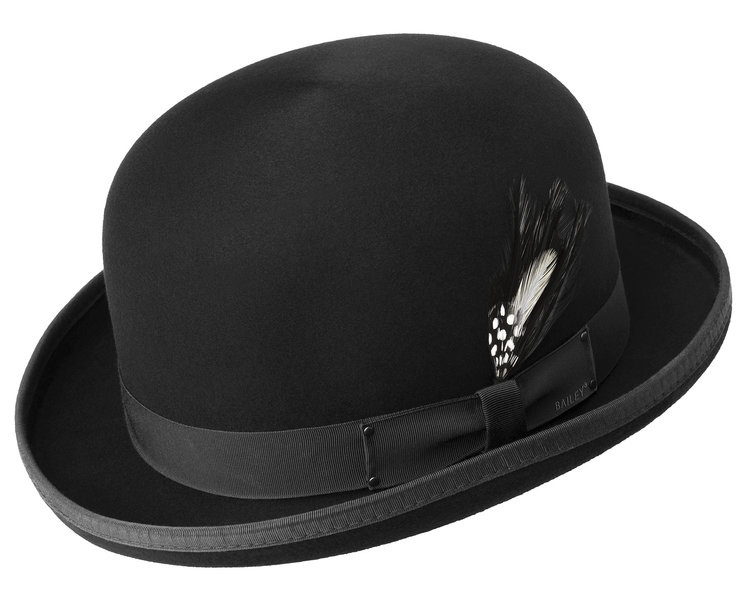
The bowler or derby hat is a hard, round hat with a narrow curled brim, typically made of felt. It’s known for its durability and snug fit, which makes it suitable for riding. The bowler hat was originally designed in the 19th century for gamekeepers and has since become a classic symbol of British equestrian style. In the equestrian world, the bowler hat is traditionally associated with hunting and also seen in some competitions, worn either by the rider and/or spectators.
Cowboy Hat
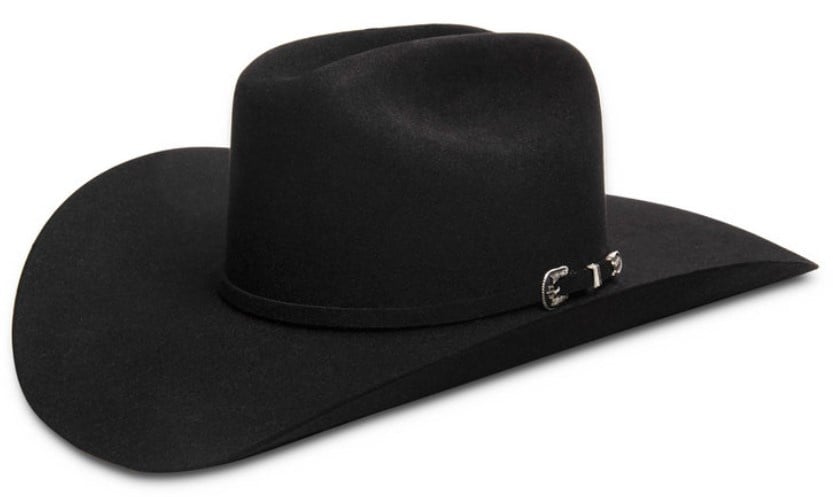
Cowboy hats are a staple of the horseriding world. The iconic cowboy hat shape features a wide shovel brim and a tall cattleman crown. Traditionally made of felt, but sometimes made of leather or straw, cowboy hats and horses have been going hand in hoof since the days of the Far West and the western expansion of the United States. Today, the cowboy hat remains a key element of western attire reflecting the rugged, practical style of the American cowboy tradition. It is commonly worn in Western riding disciplines such as reining, rodeo events, and Western pleasure.
Helmet
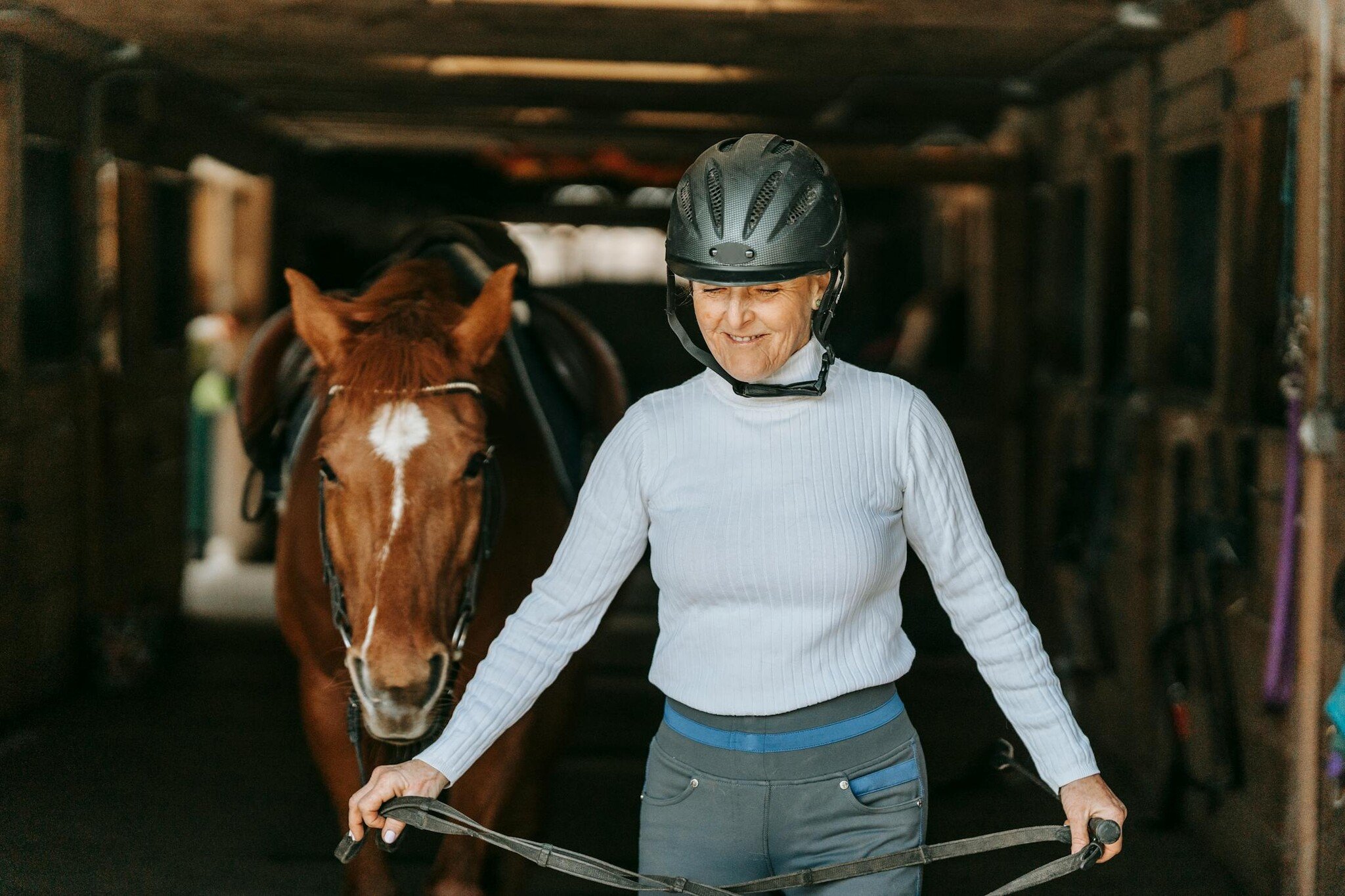
Wearing a helmet is mandatory in most modern equestrian sports for safety reasons, including show jumping, eventing, and dressage. It consists of protective headgear designed to absorb impact and prevent head injuries. Modern helmets are often sleek and styled to blend with traditional equestrian attire. While not a traditional hat, helmets have become standard due to the growing emphasis on rider safety.
Pith Helmet

The pith helmet is a lightweight hat with a wide brim, typically made of pit or cork and covered with cloth. The pith helmet was popularized by European explorers amd military officers in tropical regions and is associated with a long history of colonial occupation. Today, the pith helmet is sometimes seen in historical reenactments or traditional dressage events, particularly in hot climates.
Trilby

Photo: University of Winsonsin-Madison
The trilby is a soft felt hat with a narrow brim and a deeply indented crown. The Trilby is more of a fashion statement and is often worn by those attending equestrian events rather than by the riders themselves. The trilby has a rich history in British fashion and has beed adapted into equestrian culture as a stylish accessory. The trilby is occasionally seen in casual equestrian settings or by spectators at horse shows.
Flat Cap
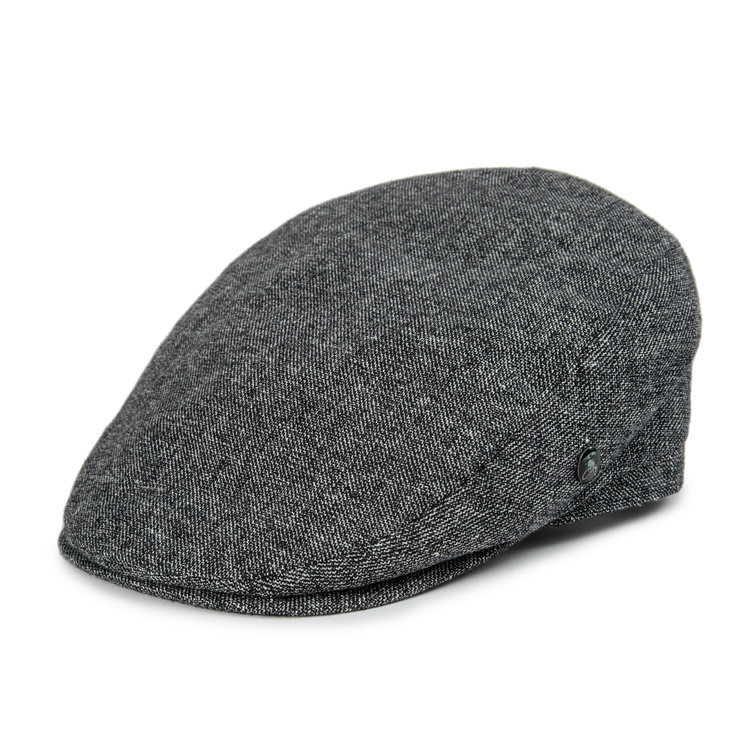
A flat cap is a rounded cap with a small, stiff brim in front, usually made from tweed or other woolen fabric. The flat cap is closely associated with British working-class culture but has become a fashionable choice for riders and horse racing enthusiasts. In the equestrian world, flat caps are popular among jockeys and spectators, especially in races like the Steeplechase or point-to-point racing.


